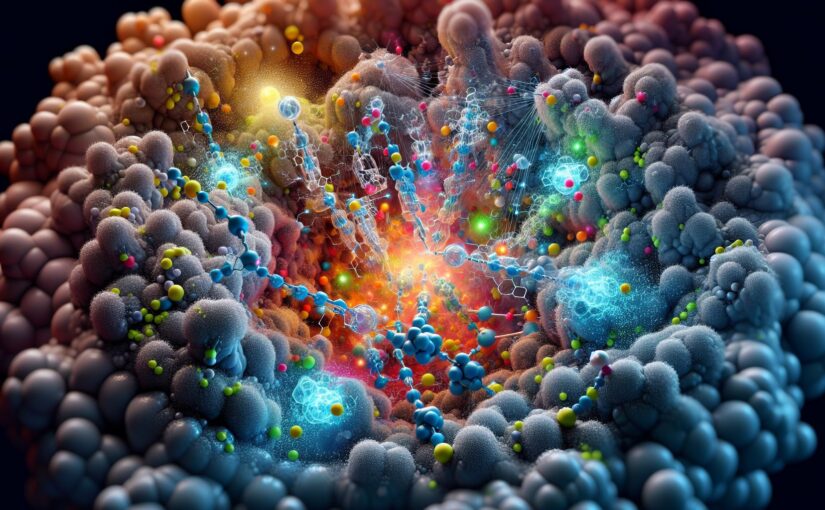The treatment of wastewater is an essential process to protect our environment and natural resources, but it also provides an exciting opportunity for energy recovery. Various methods have been proposed, and one of the promising ones involves the electron transfer mechanisms in wastewater. This refers to an emerging technology where specific bacteria can oxidize organic matter and transfer electrons to an electrode, generating electricity.
Extracellular Electron Transfer
This procedure is primarily driven by microorganisms referred to as electroactive bacteria – a process known as Extracellular Electron Transfer (EET). The EET mechanisms have been reported in a series of microorganisms, including Shewanella and Geobacter[^1^]. These microbes have an incredible capability of mineral respiration, which allows them to transfer the electrons extracellularly in their metabolic process.
Two primary methods of electron transfer
Direct electron transfer (DET) and mediated electron transfer (MET) are the two primary ways of electron transfer among the electroactive bacteria. In DET, the bacteria transfer electrons directly to the electrodes mainly through their membrane-bound proteins like cytochromes, whereas, in MET, the electrons are transferred via soluble redox mediators.
Practical utilization of electron transfer
As promising as this may sound, the efficient utilization of these bacteria in biological systems still has challenges. Nevertheless, this hasn’t hindered the development of Microbial Fuel Cells (MFCs). MFCs harness the energy potential of these electron transfer mechanisms to generate power from organic matter in the wastewater[^2^].
Advancements in technology and continuous research have expanded the potential applications of these systems far beyond wastewater treatment. They are increasingly being used in various fields, including power generation, bio-sensing, and even removal of pollutants from contaminated sites.
The future of electron transfer mechanisms
The electron transfer mechanisms hold enormous potential to revolutionize wastewater treatment and resource recovery methods. With advancements in molecular technology and growing understanding of these mechanisms, there lie many opportunities for the development of new and more efficient systems. Future research should explore the diversity of electroactive bacteria further and the ways to enhance the electron transfer process[^3^].
Nevertheless, the potential for sustainable energy generation from an otherwise energy-intensive process is undoubtedly an exciting step forward in our pursuit of a more sustainable future.
References
[^1^]: Shi, L., Squier, T.C., Zachara, J.M. et al. Extracellular electron transfer mechanisms between microorganisms and minerals. Nat Rev Microbiol 4, 651–662 (2006).
[^2^]: Logan, B., Regan, J.M. Microbial Fuel Cells – Challenges and applications. Environ. Sci. Technol. 74, 7346–7356 (2006).
[^3^]: Lovley, D.R. Live wires: Direct extracellular electron exchange for bioenergy and the bioremediation of energy-related contamination. Energy Environ. Sci. 4, 4896–4906 (2011).
